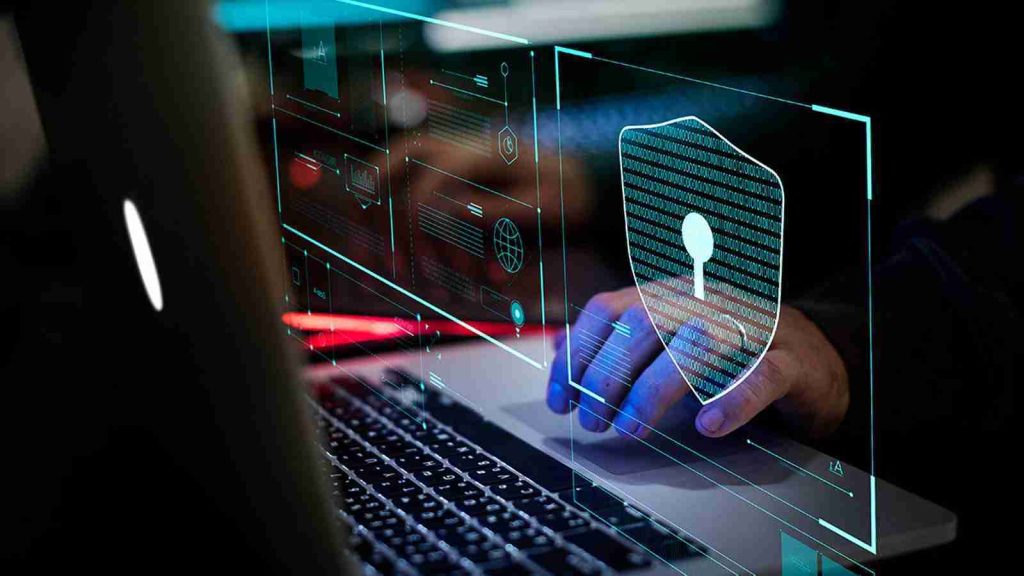
A newly released Federal strategy wants the US government to adopt a “zero trust” security model within the next two years to defend against current threats and boost cybersecurity defenses across federal agencies.
The strategy was released today by the White House’s Office of Management and Budget (OMB), which supervises the implementation of the President’s vision across the US Executive Branch.
Today’s announcement follows the release of an initial strategy draft in September 2021, which was prompted by the President’s Executive Order (EO) 14028.
The executive order initiated a government-wide effort to migrate toward zero trust and modernize the nation’s defenses against cyberattacks.
Also Read: PDPA For Companies: Compliance Guide For Singapore Business
“This memorandum sets forth a Federal zero trust architecture (ZTA) strategy, requiring agencies to meet specific cybersecurity standards and objectives by the end of Fiscal Year (FY) 2024 in order to reinforce the Government’s defenses against increasingly sophisticated and persistent threat campaigns,” said Shalanda D. Young, OMB’s Acting Director. (PDF)
“Those campaigns target Federal technology infrastructure, threatening public safety and privacy, damaging the American economy, and weakening trust in Government.”
Key elements of the new zero trust strategy include improved phishing defense through strong multifactor authentication, consolidation of agency identity systems, encrypting traffic and treating internal networks as untrusted, and strengthening application security to protect data better.
OMB’s new federal zero trust strategy foresees a Federal Government where:
The government migration to zero trust security principles comes after cybersecurity companies pushed the zero-trust network model for years.
This continuous push for modern security principles culminated with the NSA and Microsoft recommending this security approach in February 2021 for large enterprises and critical networks (National Security Systems, Department of Defense, Defense Industrial Base).
Also Read: 10 Government Data Leaks In Singapore: Prevent Cybersecurity
Zero trust is a security approach where local devices and connections are never trusted and verification is needed at every step because defenders assume that intruders already have access to the network.
This security model was created by Forrester Research’s John Kindervag in 2010, with Google implementing some of its concepts in 2009 in an internal project (now known as BeyondCorp) after some of its intellectual property was stolen during Operation Aurora.
“In the face of increasingly sophisticated cyber threats, the Administration is taking decisive action to bolster the Federal Government’s cyber defenses,” Young added.
“This zero trust strategy is about ensuring the Federal Government leads by example, and it marks another key milestone in our efforts to repel attacks from those who would do the United States harm.”
Role of Enhanced Access Controls in Safeguarding Personal Data in Telecommunications that every Organisation in…
Effective Incident Response Procedures in Strengthening Data Security that every Organisation in Singapore should know…
Crucial Role of Regular Vulnerability Scanning that every Organisation in Singapore should know. Strengthening Your…
Enhancing Data Security with Multi-Factor Authentication that every Organisation in Singapore should know. Enhancing Data…
Strong Password Policy as a first line of defense against data breaches for Organisations in…
Importance of Efficient Access Controls that every Organisation in Singapore should take note of. Enhancing…
This website uses cookies.